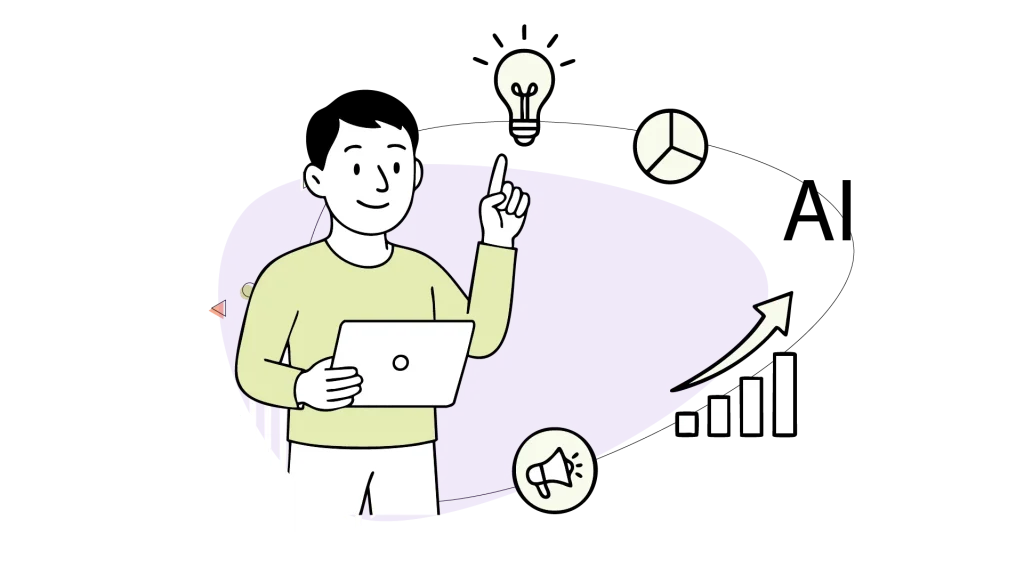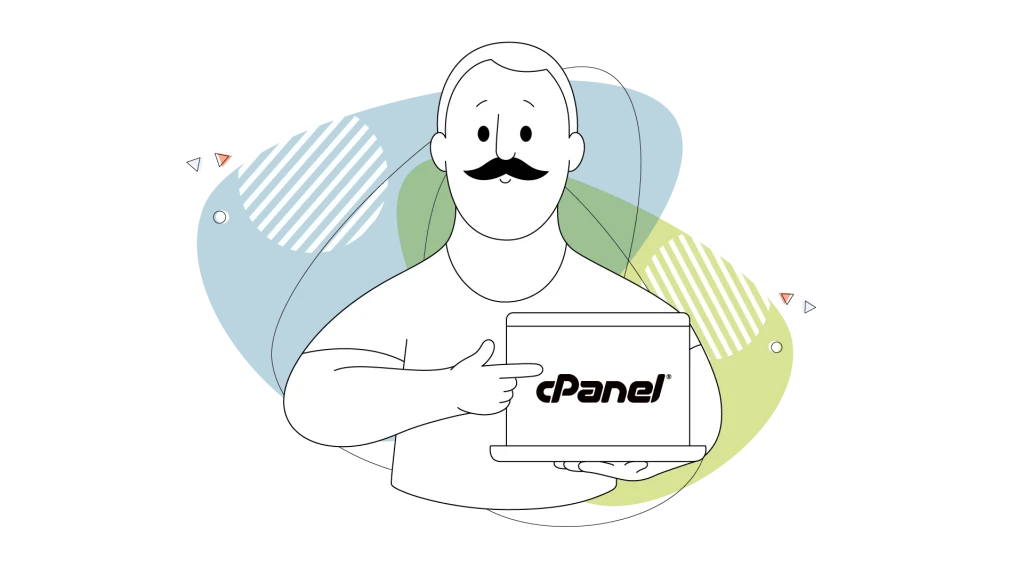Many digital marketers know they need to keep up with changes in marketing strategies, marketing trends, and even memes to help their companies stay relevant. But today, the pace of change feels less like a steady current and more like a tidal wave. To gain a competitive advantage, you must pay close attention to the emerging digital marketing trends.
Artificial intelligence is surely but steadily taking a bigger role in helping marketers pinpoint several important things, but it’s not the only change happening right now in the field.
This guide will walk you through the most critical digital marketing trends. We’ll break down what’s changing, why it matters, and how you can prepare your business to thrive.
- The Current State of Digital Marketing
- Top Digital Marketing Trends to Watch & Implement in 2025
- How HostPapa’s Hosting Solutions Supercharge Your Digital Marketing Success
- Practical Tips to Implement 2025’s Latest Digital Marketing Trends
But before you can implement any of these cutting-edge strategies, your digital presence needs a solid foundation. Every one of your marketing efforts, from an AI-powered campaign to a viral video, ultimately leads back to your website.
That’s why a successful digital marketing strategy starts with reliable, high-performance hosting. At HostPapa, we provide robust hosting solutions that form the essential backbone for all your marketing initiatives, ensuring your site is fast, secure, and always ready for your next customer.
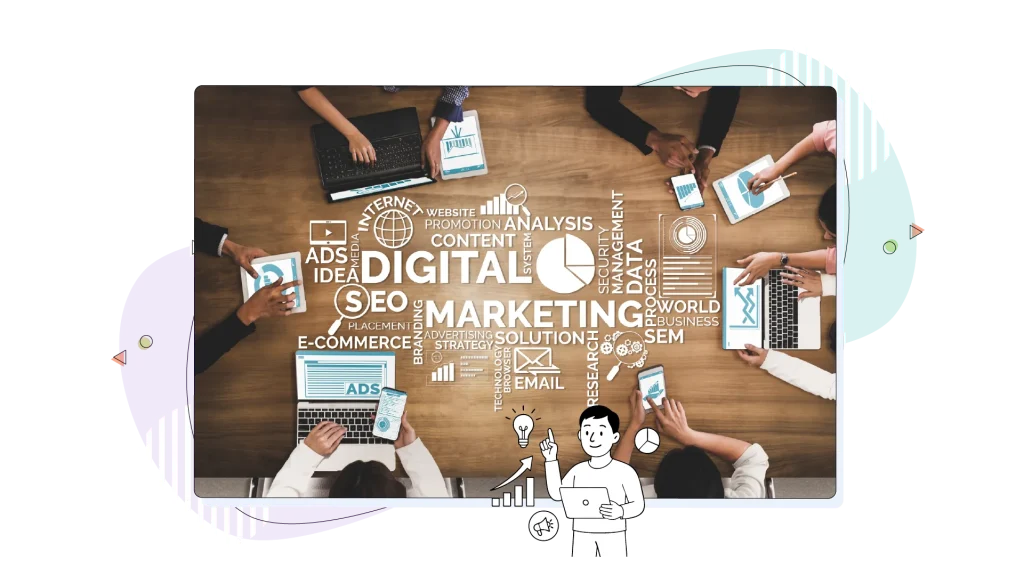
The Current State of Digital Marketing
The marketing landscape of this year is being fundamentally reshaped by two powerful forces:
- Rapid technological advancement.
- Dramatically altered consumer expectations.
The conversation is no longer just about being online; it’s about how you show up.
The Influence of Technological Advancements & Changing Consumer Behaviour
On the technology front, artificial intelligence (AI) has moved from a novel tool to a core component of the marketing toolkit. It now powers everything from hyper-personalization at scale to predictive analytics and content generation. Simultaneously, the final phasing out of third-party cookies has cemented the importance of first-party data and privacy-centric marketing.
This technological evolution is mirrored by a change in consumer behaviour. Today’s customers don’t just want personalized experiences—they expect them. They demand authenticity, well-planned omnichannel journeys, and brands that align with their values.
After all, they use social media platforms not only for personal interactions but for product discovery and eCommerce, and they expect these frictionless interactions to happen naturally.
That said, businesses can no longer choose whether to incorporate these changes into their marketing strategies. They must do so in order to stay relevant!
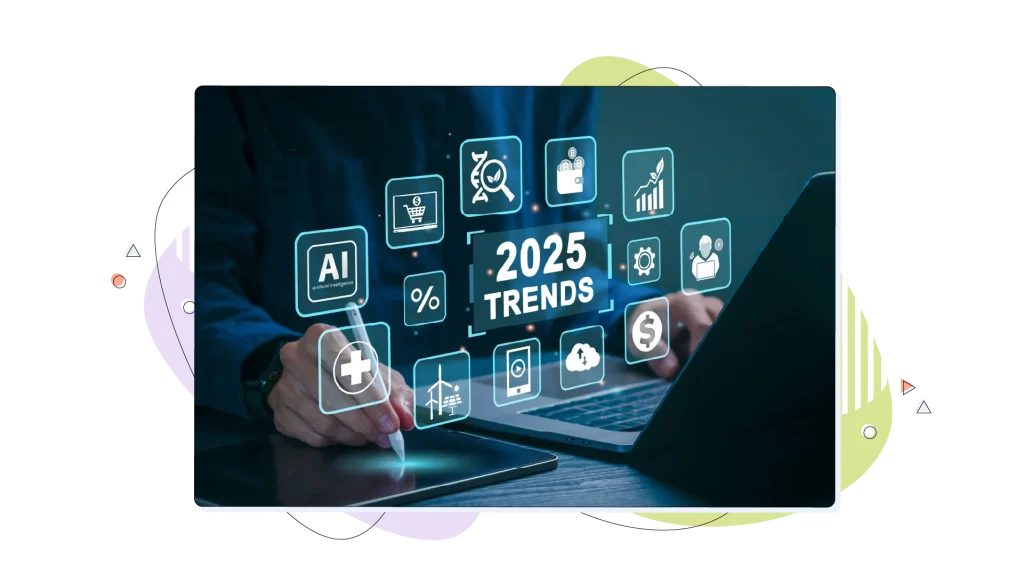
Top Digital Marketing Trends to Watch & Implement in 2025
1. Artificial Intelligence & Machine Learning in Marketing Strategies
Artificial Intelligence (AI) is officially the new marketing intern, analyst, and creative partner, all rolled into one. In 2025, businesses that effectively integrate AI into their operations are seeing massive gains in efficiency and effectiveness.
We examine how leveraging AI tools, including platforms like ChatGPT and Gemini, can significantly enrich content creation, search engine optimization (SEO), and customer engagement. This part explores the substantial impact of AI on revolutionising the productivity and creative processes of marketing teams.
- Smarter personalization: AI algorithms can analyse customer data in real time to deliver hyper-relevant content, product recommendations, and advertising. This goes beyond using a customer’s first name in an email; it’s about predicting their next move and serving them what they need before they even search for it.
- Enhanced content and SEO: Tools like ChatGPT and Jasper are now staples for brainstorming and creating AI-generated content at scale. Marketers use them to generate article outlines, social media posts, and even video scripts, freeing up human creativity for higher-level strategy. For SEO, AI can identify keyword gaps, predict ranking potential, and automate technical audits for search engines.
- Revolutionized productivity: Repetitive tasks like marketing data analysis, report generation, and ad campaign monitoring are increasingly automated. This shift doesn’t replace marketers; it elevates them. By handing over the tedious work to AI, teams can focus on strategic thinking, brand building, and creating genuinely innovative campaigns.
2. The Unstoppable Rise of Short-Form Video & Subtle Product Placements
Short-form video content is no longer a trend; it’s the dominant language of social media. Platforms like TikTok, Instagram Reels, and YouTube Shorts are where brands are built, communities are formed, and products fly off the virtual shelves. A key part of this ecosystem involves influencer marketing, where creators can showcase products to a dedicated target audience.
Recent surveys confirm that short-form video content delivers an exceptional return on investment (ROI) because it has become the biggest product discovery channel for Gen Z and Millennials. The key to success is authenticity.
- Optimized for the scroll: Successful videos grab attention within the first two seconds. Use bold text overlays, trending audio, and fast-paced editing to stop the scroll. Your TikTok SEO strategy should include relevant keywords and hashtags in your captions and on-screen text to improve discoverability.
- Seamless product placements: The most effective video marketing doesn’t feel like an advertisement. Instead of a hard sell, brands integrate their products naturally. This can be combined with both influencer marketing and user-generated content for maximum authenticity.
3. Hyper-Personalization Using Big Data: The Way eCommerce Giants Do It
Generic marketing messages are now just digital noise. In the wake of third-party cookie deprecation, brands that win are those that use first-party and zero-party data to create experiences so personalized they feel like a one-on-one conversation, which is key to building customer loyalty.
This is about leveraging the information customers willingly share with you and the customer data you collect from your own platforms, reflecting true consumer preferences.
- Build trust through transparency: The foundation of this strategy is trust. Be clear about what data you are collecting and why. Offer genuine value in return, such as exclusive content, personalized recommendations, or early access to sales.
- AI-powered delivery: AI is the engine that makes hyper-personalization possible at scale. It can analyse user behavior on your website, segment audiences, and deliver individualised content in real time.
4. The Astounding Growth of Voice & Visual Search Optimization
The way we seek information is changing. Instead of typing keywords into a search bar on their mobile devices, consumers are increasingly asking their smart speakers questions (voice search) or using their phone’s camera to search the world around them (visual search).
- Conversational queries are pivotal: People speak differently than they type. Optimizing for voice search means focusing on long-tail keywords and natural, conversational phrases. Structure your website content, especially FAQ pages, to directly answer the questions your audience is asking (e.g., “What is the best waterproof running jacket for under $100?”).
- Adapt for “searchless discovery”: This new concept refers to users discovering your brand without actively searching. AI chatbots and intelligent assistants proactively offer recommendations based on a user’s context, history, and preferences. To prepare, ensure your content is well-structured, authoritative, and easily digestible for AI systems to pull from.
5. Engaging Audiences with Interactive & Immersive Content
Passive consumption is out. Today’s audiences want to participate and immerse themselves in a brand’s world. Interactive content creates memorable experiences that significantly boost customer engagement and brand recall.
- Interactive tools: Use quizzes, polls, calculators, and contests to draw your audience in. This not only increases time spent with your brand but is also an excellent way to collect valuable zero-party data.
- Immersive “phygital” experiences: The line between physical and digital is blurring. “Phygital” marketing combines both realms. Examples include in-store smart mirrors that use Augmented Reality (AR) to let you “try on” clothes, QR codes on packaging that unlock exclusive digital content, or VR apps that allow you to visualise furniture in your own home before buying.
6. Using Social Commerce & Community Building
Social media is no longer just a top-of-funnel marketing channel; it’s a full-fledged storefront. The path from discovery to in-app purchases has been drastically shortened for billions of social media users.
- Instant gratification: When a user sees a product in a post or a live stream on Instagram, TikTok, or Facebook, they want the option to buy it immediately. Integrating your eCommerce platform with these social media channels is now essential for capturing impulse buys and providing a seamless customer experience.
- Harnessing user-generated content (UGC): Your most passionate customers are your best marketers. Encourage them to share photos and videos with your products and feature user-generated content prominently on your social channels and product pages. It builds powerful social proof and fosters a sense of community that new customers will want to join.
7. Prioritising Privacy & Data Security
Last but certainly not least, trust is the new currency of the digital economy. In an era of frequent data breaches and heightened awareness around data privacy, how you handle customer data can make or break your brand.
- Navigate regulations with transparency: Complying with regulations like GDPR and CCPA is the bare minimum. Go a step further by being radically transparent. Use clear, simple language in your privacy policies and be upfront about every piece of data you collect and how it will be used to improve the customer’s experience.
- Security as a brand promise: Building consumer trust means demonstrating that their data is safe with you. Investing in robust security measures is not just an IT expense; it’s a core part of your brand promise.
8. Exploring Professional & Niche Social Media Platforms
While platforms like TikTok and Instagram dominate the B2C conversation, don’t overlook the power of other social media channels. A strategic presence on platforms like LinkedIn can be invaluable for reaching a specific professional target audience.
LinkedIn has surpassed one billion users and continues to grow as a critical hub for business decisions. It’s the ideal platform for sharing thought leadership articles, case studies, and industry insights. It allows you to build authority, connect with key decision-makers, and engage in meaningful conversations within your industry.
For many brands, especially in B2B, a well-executed LinkedIn strategy makes perfect sense for reaching an engaged and influential audience.

How HostPapa’s Hosting Solutions Supercharge Your Digital Marketing Success
Every innovative marketing strategy we’ve discussed—from AI-driven content to immersive AR experiences—relies on one critical, often overlooked, element: the quality of your web hosting.
Your website will be the ultimate destination for all your marketing efforts, and if it’s slow, insecure, or unreliable, even the best campaigns will fail. To ensure how well your website is doing, monitoring the right website metrics is crucial.
The marketing trends of 2025 demand power and flexibility. Your hosting needs to support AI-powered tools, high-resolution video, and immersive content without slowing down. HostPapa’s infrastructure and our hosting solutions, like WordPress Hosting and Managed WordPress Hosting for more demanding projects, are built to scale with you.
With one-click installers for 400+ apps, free domain registration (conditions apply), and even site migration, you can seamlessly integrate essential marketing platforms like WordPress and various analytics tools to manage your campaigns with ease.
Solid marketing performance is only one part of the coin. The other part is website performance! Every HostPapa plan comes with a free SSL certificate to enable HTTPS, securing the connection between your customers and your site. We also provide a server firewall, constant monitoring, and DDoS attack prevention to protect your marketing materials and build essential visitor trust.
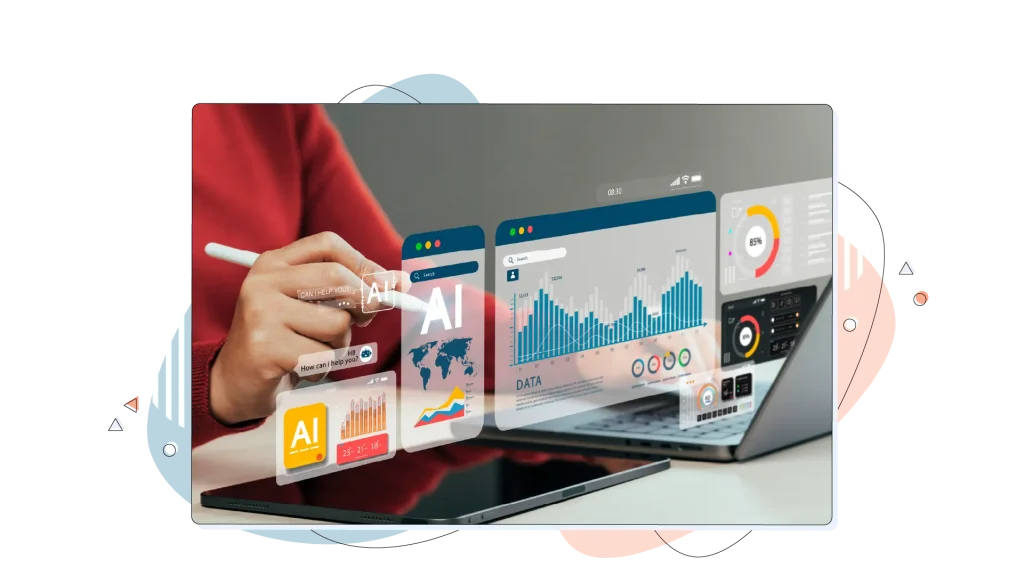
Practical Tips to Implement 2025’s Latest Digital Marketing Trends
Feeling inspired? Here are some practical first steps you can take to harness the power of these trends, all supported by a strong web hosting foundation.
- Optimize your content for AI search: Use structured data (like FAQ and How-To schema) on your website to help AI tools understand and feature your content in generative search results.
- Create engaging short-form videos: Start small. Use your smartphone to create authentic, behind-the-scenes videos or quick tutorials and share them on TikTok and Instagram Reels.
- Collect first-party data ethically: Add a quiz to your website or offer a valuable newsletter download in exchange for an email address. Always be transparent about how you’ll use the data.
- Enhance website security signals: Ensure your free SSL certificate from HostPapa is active. A secure site not only protects your customers but also improves user trust and can positively impact your search engine rankings.
- Leverage your hosting for performance: Use your HostPapa dashboard to take advantage of features like our included CDN and caching tools to ensure your site is running at peak hosting performance and can handle traffic from your marketing campaigns.
Conclusion
So, what do we get from the digital marketing trend landscape in 2025? The significant digital marketing trends are dynamic, intelligent, and fiercely competitive.
The rise of AI, the dominance of video, the demand for personalization, and the critical importance of privacy are not future predictions—they are the current reality. Embracing these digital marketing trends is no longer just an option for growth; it’s essential for relevance.
Understanding and implementing these strategies builds a more resilient, engaging, and profitable brand. But remember, as with everything else, your success starts with a solid foundation. Every click, every view, and every conversion depends on the performance, security, and reliability of your website.
We invite you to explore HostPapa’s hosting solutions and discover how a trusted hosting provider can become your greatest asset in your marketing success. We’re here to build your future!
FREQUENTLY ASKED QUESTIONS
I’m a small business with a limited budget. Which one of these trends should I focus on first?
This is the most important question for any small business. Don’t try to do everything at once. Start with the trend that offers the highest impact for the lowest cost: authentic short-form video and community building is a great start.
Use the smartphone you already have to create simple, helpful videos showcasing your product, answering customer questions, or sharing a behind-the-scenes look at your business.
How can I measure the ROI of my short-form video marketing efforts?
Measuring the Return on Investment (ROI) for short-form video involves looking beyond just view counts. Track these key metrics across your social media marketing efforts:
- Engagement rate
- Website clicks
- Follower growth
- Direct mentions and sales
Will I need to upgrade my hosting plan if I start using more video and interactive content on my website?
The answer is “possibly, over time.” While you can embed videos from platforms like YouTube or Vimeo without a significant impact, hosting high-quality video files directly does require more server resources, like SSD storage.
Is social commerce suitable for B2B companies, or is it just for B2C?
While it looks different than for B2C, social commerce is increasingly relevant for B2B companies since there are plenty of business people still on social media platforms.
